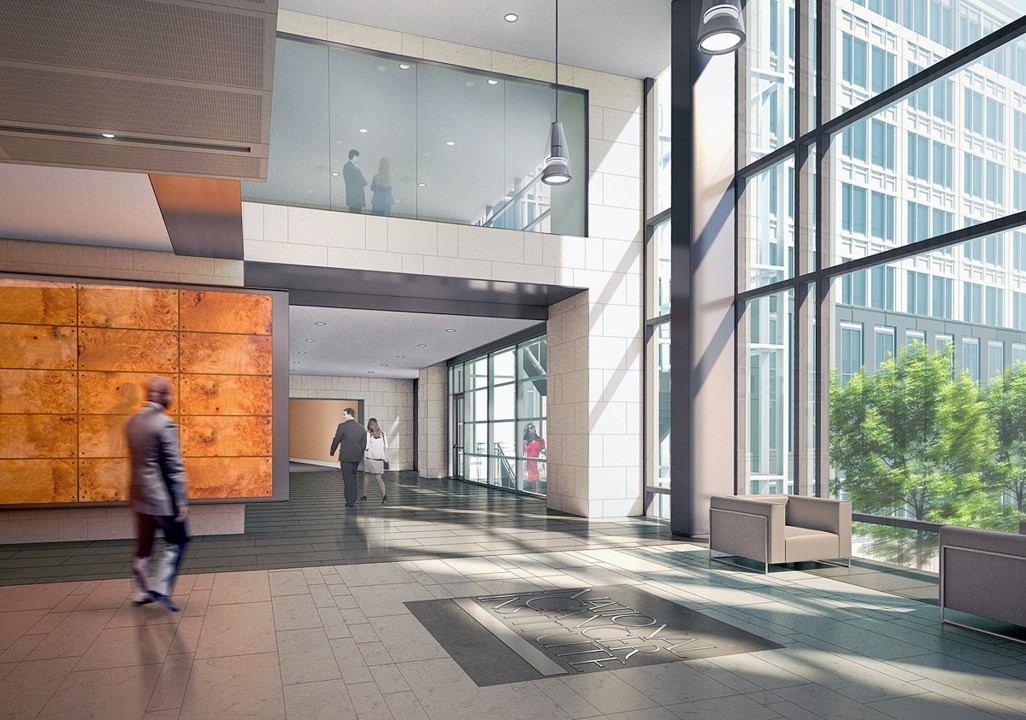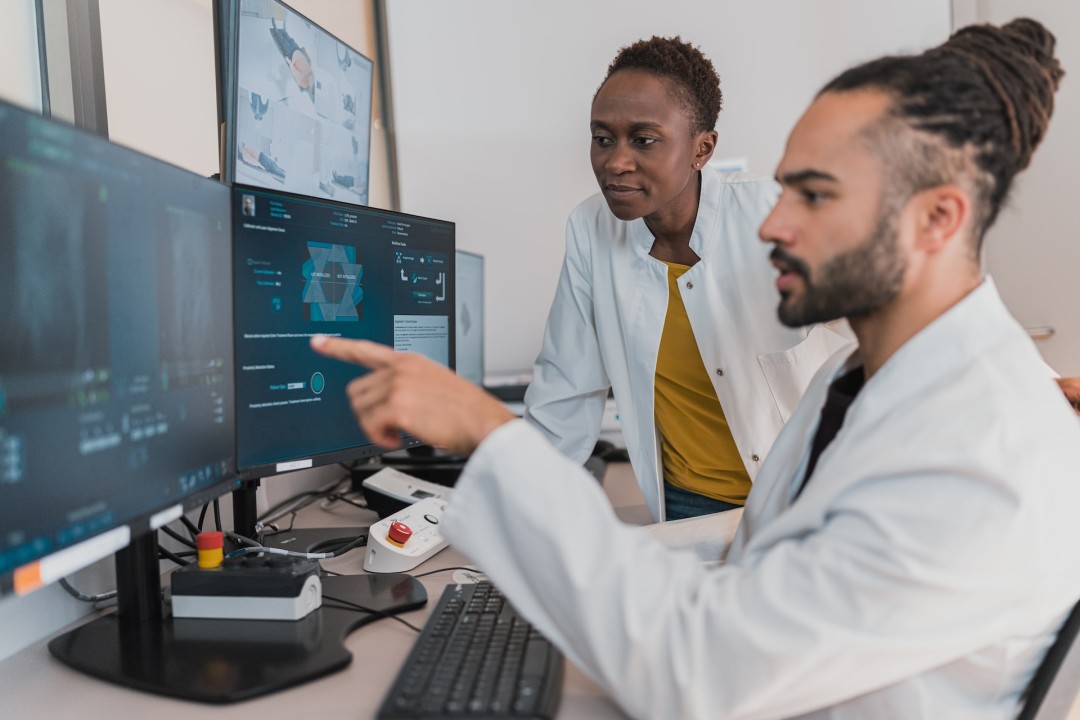Politecnico di Milano designs the Next Generation Hospital
Through the Joint Research Platform Healthcare Infrastructures community, Politecnico di Milano and Fondazione Politecnico are designing the hospital of the next future

Covid-19 pandemic changed our perspective on many issues. One of the most important is how hospitals should operate: we now need more modern and resilient medical infrastructures, organized around flexible and sustainable spaces. An expensive evolution, for sure. But hospitals renovation costs would be almost immediately balanced by savings in less stress, a reduced number of accidents, more satisfaction, higher staff productivity.
Politecnico di Milano and Fondazione Politecnico launched, in this field, the Joint Research Platform Healthcare Infrastractures. A platform now working to design the so-called Next Generation Hospital, working together with other companies of the (digital and non-digital) health supply chain. JRP Healthcare Infrastructures' studies are validated by an official Advisory Board, with members coming also from OMS and Italian Istituto Superiore di Sanità (ISS).
"In the Next Generation Hospital, spaces will be modular like Lego bricks, patients will be moved by robots and drones will take medicines from a place to another", says Stefano Capolongo, JRP coordinator: "'Hard' spaces will be balanced with 'soft' areas: green and therapeutic spaces where patients', caregivers' and doctors' stress levels can be lowered". 
Today an hospital is "a city within the city", says the JRP. A complex structure that now needs to be redefined, to be able to face next years' challenges. And involving in this evolution all the "hospital supply chain" is mandatory. Roberta Ranzo, Head of Solution IIG, Philips SPA, confirms: "This first year of research has allowed us to engage with all the stakeholders involved in the creation of new hospital facilities, to identify together the key aspects in the hospital of the future".
Broadly speaking, The Next Generation Hospital is designed as a resilient and flexible ecosystem, able to adapt to how its context changes. Analyzing clinical, operational, and administrative flows - Roberta Ranzo also underlines - it's possible to understand how to more efficiently create a department or redesign it based on the volume of expected patients, the staff available, the services to be delivered.
Digital technologies play a crucial role in all this. The Next Generation Hospital has always a digital twin moved by a constant flow of data coming from physical sensors, medical devices and digital applications. It's also intrisically "open": conventional hospital care works in synergy with telemedicine, remote care and monitoring smart devices. A complex network of technologies, devices and professionals coordinated around patients' wellbeing.
Related news
Last News
RSA at Cybertech Europe 2024
Alaa Abdul Nabi, Vice President, Sales International at RSA presents the innovations the vendor brings to Cybertech as part of a passwordless vision for…
Italian Security Awards 2024: G11 Media honours the best of Italian cybersecurity
G11 Media's SecurityOpenLab magazine rewards excellence in cybersecurity: the best vendors based on user votes
How Austria is making its AI ecosystem grow
Always keeping an European perspective, Austria has developed a thriving AI ecosystem that now can attract talents and companies from other countries
Sparkle and Telsy test Quantum Key Distribution in practice
Successfully completing a Proof of Concept implementation in Athens, the two Italian companies prove that QKD can be easily implemented also in pre-existing…
Most read
Integral AI Unveils World’s First AGI-capable Model
#AGI--Integral AI, a global leader in the development of embodied AGI, today announced the successful testing of the world’s first AGI-capable model.…
Reply Achieves the AWS Agentic AI Specialization and Is Named an Implementation…
Reply [EXM, STAR: REY] announced that it has achieved the Amazon Web Services (AWS) Agentic AI Specialization, a new category within the AWS AI Competency.…
Tecnotree Emerges as CX Catalyst Winner for Impact at The Fast Mode Awards…
Tecnotree, a global digital platform and services leader for AI, 5G, and cloud-native technologies, has won the CX Catalyst award for Impact at The Fast…
CoMotion GLOBAL 2025 Launches in Riyadh: Global Mobility Leaders Unite…
Riyadh is rapidly becoming one of the world's most ambitious urban mobility laboratories, where next-generation technologies move from blueprint to real-world…






